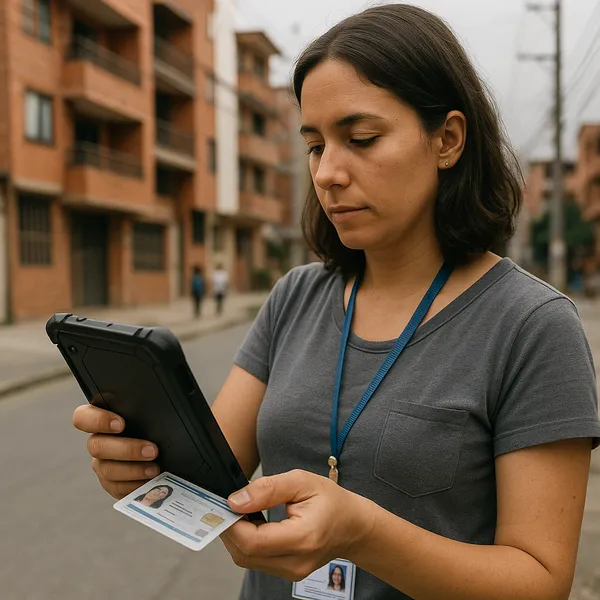The Triple Nexus Verification Framework - Humanitarian, Development, and Peacebuilding
Published on: Thu Jun 26 2025 by Ivar Strand
The “Humanitarian-Development-Peace (HDP) Nexus” has, in recent years, become a central organizing concept for international engagement in fragile and conflict-affected states. This is a valuable intellectual advance, as it correctly recognizes that these three spheres of activity are not sequential, but are deeply and dynamically interconnected.
However, a critical gap has emerged between this holistic policy concept and the largely siloed methodologies we use to monitor and verify programs on the ground. We frequently discuss the nexus, but we continue to audit in pillars. This creates a significant assurance gap, leaving the most complex and critical risks—the unintended interactions between our interventions—largely unexamined.
The Risk of Unmonitored Interdependencies
A siloed approach to monitoring and evaluation (M&E) in a nexus environment is insufficient because it is blind to the second-order effects that interventions can have on one another. The assumption that a well-executed project in one pillar will not have negative consequences in another is not a safe one.
Consider two common, non-trivial scenarios:
- A short-term, large-scale humanitarian food distribution program, while successfully addressing acute hunger, may simultaneously depress local market prices for agricultural goods. This can inadvertently undermine the viability of a parallel, long-term development program aimed at improving farmers’ livelihoods.
- A major infrastructure development project, by its choice of location, contractors, or local labor, may unintentionally exacerbate existing tensions over land, resources, or economic opportunities between different communal groups. This can actively work against the objectives of a separate peacebuilding initiative operating in the same area.
Without a framework designed to monitor these interdependencies, we risk our portfolio of interventions being strategically incoherent or, in the worst case, working at cross-purposes.
A Verification Framework for the Triple Nexus
A credible assurance framework for a nexus environment must therefore move beyond the linear, project-specific logframe. It requires an integrated approach designed to assess performance not just within each pillar, but across the seams that connect them.
At Abyrint, our approach to this analytical challenge is built on three core, integrated components.
-
A Shared Risk and Context Analysis. A nexus verification cannot begin with a project-level document. It must start with a shared, multi-sectoral analysis of the operating environment. This involves mapping all significant actors and interventions across the humanitarian, development, and peacebuilding spheres. Crucially, as conceptualized in Exhibit A, this map must identify the key points of intersection, dependency, and potential friction between them. This shared understanding of the system becomes the foundation for a relevant and targeted monitoring plan.
-
Monitoring for Strategic Coherence. The verification framework must include a specific set of indicators and lines of inquiry designed to measure the coherence between different interventions. This involves asking practical, cross-cutting questions. Are the beneficiary targeting criteria for a humanitarian cash transfer program designed to align with, and not undermine, the graduation goals of a long-term social protection development program? Is there a formal mechanism for development and peacebuilding actors to share their analyses of local conflict dynamics to inform each other’s work?
-
Conflict Sensitivity as a Cross-Cutting Lens. Every verification activity, regardless of its primary programmatic focus, must integrate a “conflict sensitivity” lens. This means our analysis goes beyond assessing whether a project’s outputs were delivered according to plan. We must also assess the de facto impact of that delivery on the local social and political economy. We analyze how the infusion of resources may have altered local power dynamics, affected access to livelihoods, or shifted social cohesion, for better or for worse.
Conclusion: From “Do No Harm” to Demonstrable Coherence
This integrated approach to verification moves beyond a passive, project-level commitment to “do no harm.” It creates a proactive, evidence-based mechanism for understanding and managing the complex interplay between different forms of aid. It provides financing agencies, implementers, and host governments with the shared, objective intelligence needed to make adaptive management decisions that maximize positive synergies and mitigate negative, unintended consequences.
To operate effectively in a nexus environment, we must monitor in a nexus-aware manner. An integrated verification framework is a necessary evolution of our professional practice, and it is how we can provide genuine assurance that our collective efforts in the world’s most challenging places are strategically coherent.



